-
Standard Delivery
Choose Standard Delivery option during checkout
5-6 Days
-
Express Delivery
Choose Express Delivery option during checkout
4-5 Days
 Dona (प्रसाद दोना)
Dona (प्रसाद दोना)[google-translator]
Good quality paper with clear printing
Hurry and get discounts on all Pujan Samagri Items
Promo1
₹ 139.00
Choose Standard Delivery option during checkout
5-6 Days
Choose Express Delivery option during checkout
4-5 Days
Payment Methods:
Have you ever been captivated by the serene atmosphere of a puja ceremony, the rhythmic chanting of mantras, and the gentle flickering of the diya’s flame? This comprehensive puja paddhati (guide), spanning over 2000 words, invites you to embark on a journey to understand and perform these sacred Hindu rituals in the comfort of your own home.
Puja, a cornerstone of Hindu practice, transcends mere rituals. It’s a gateway to inner peace, a way to invoke divine blessings, and a means to cultivate a profound connection with the divine. This guide delves into the essence of puja, explaining its rich history and philosophy. You’ll gain insights into how puja rituals contribute to self-purification and pave the way for spiritual growth.
This thoughtfully crafted guide meticulously outlines the puja vidhi (procedure) for various deities. Whether you’re a seasoned devotee or a curious beginner, you’ll find clear, step-by-step instructions that empower you to perform pujas with confidence.
Your puja experience transcends the physical act of offering. It’s a multi-sensory journey that engages your mind, voice, and spirit. Here, we delve deeper into three powerful elements that elevate your connection with the divine:
Mantra chanting is the cornerstone of puja. Mantras are sacred syllables or verses believed to be imbued with potent energy. Chanting these mantras during puja is a way to communicate with the divine on a deeper level. The rhythmic sounds and vibrations act as a bridge, carrying your prayers and intentions towards the deity.
The Power of Sound: Sanskrit, the ancient language often used in Vedic mantras, is considered a language of power and vibration. Each syllable within a mantra is believed to possess a specific meaning and energy. By chanting these mantras with devotion and focus, you create a powerful resonance that harmonizes with the divine energy of the worshipped deity.
Choosing the Right Mantra: A curated selection of mantras for different deities and pujas is included within this guide. These specific mantras are chosen for their power to invoke the blessings and qualities associated with each deity. For instance, chanting the “Om Ganapataye Namah” mantra during a Ganesha puja invokes the wisdom and auspiciousness associated with Lord Ganesha.
Chanting with Intention: Beyond the pronunciation of syllables, it’s the intention behind your chanting that holds true significance. Approach each mantra with devotion and focus, allowing its meaning to resonate within you. The deeper your concentration and sincerity, the more potent your connection with the divine becomes.
The puja thali transforms into a canvas for devotion as you place a diya filled with ghee and wicks upon it. During aarti, you lift this radiant offering and make it dance in a circular motion around the murti, bathing the deity in its warm, flickering light.
The Significance of Light: Light, symbolized by the diya, represents the dispelling of darkness and ignorance. Offering this light to the deity signifies the offering of your own inner light, your devotion, and your prayers. The circular motion of the aarti is believed to encompass the deity in a protective aura of light and love.
Witnessing the Divine: The gentle flickering of the diya’s flame and the rhythmic movement of the aarti create a captivating spectacle. This visual focus allows you to enter a meditative state, deepening your connection with the worshipped deity.
Prasad, meaning “grace,” refers to the sanctified food offering made with love and devotion during puja. Preparing prasad is a way to express your reverence and gratitude to the deity. The offering is then shared amongst those present, symbolizing the blessings received from the divine.
The Power of Sharing: The act of preparing and sharing prasad fosters a sense of community and togetherness. It signifies that the divine blessings are mean to be share and enjoy by all.
Choosing the Right Offering: The type of prasad offered can vary depending on the deity and regional traditions. However, some common offerings include fruits, sweets, and cooked vegetarian dishes.
The Sanctification of Food: Beyond the physical act of offering, the preparation of prasad itself is imbued with sanctity. While preparing the food, maintain a clean and focused mind, filled with devotion towards the deity. This imbues the food with a special energy, transforming it into prasad.
By incorporating mantra chanting, aarti, and prasad into your puja rituals, you create a multi-dimensional experience that nourishes your spirit and fosters a deeper connection with the divine.
Puja samagri, literally translating to “puja materials,” are the essential tools that transform a simple space into a sacred sanctuary for your puja ceremony. These seemingly ordinary items hold profound symbolic meanings, each playing a vital role in creating a conducive environment to connect with the divine. This section delves deeper into the most common puja samagri, their significance, and proper usage:
The murti, often an idol or statue depicting a specific deity, serves as the focal point for your devotion during puja. Craftsmen create murtis (idols) from various materials like metal, stone, or wood, depending on the worshipped deity and local traditions. These murtis are far more than mere decorations. Hindus believe them to be imbued with the divine essence of the deity they represent. During puja ceremonies, offerings and prayers are directed towards the murti, fostering a powerful connection between the devotee and the divine.
The diya, a simple oil lamp, is a powerful symbol of light dispelling darkness. The flickering flame of the diya signifies the elimination of ignorance and negativity, paving the way for spiritual illumination. Filling the diya with oil and lighting it signifies the offering of your own inner light to the divine. Traditionally, ghee (clarified butter) is use as the oil, symbolizing purity and abundance.
The delicate wisps of smoke rising from incense sticks during puja carry a multitude of meanings. Additionally, certain incense sticks possess specific medicinal properties, believed to purify the puja space and create a positive aura.The pleasant fragrance from the incense sticks creates a serene atmosphere while also acting as an offering to the deity. The smoke itself is believe to carry your prayers upwards, reaching the divine realm.
Fresh flowers, with their vibrant colors and sweet fragrance, symbolize beauty, devotion, and the impermanence of life. Offering flowers to the deity signifies the offering of your own best self, with all its beauty and impermanence. The choice of flower often holds a specific meaning. For example, lotus flowers, known for their pristine nature despite growing in muddy waters, symbolize purity amidst life’s challenges.
The sacred thread, often made of cotton and dyed red or orange, represents auspiciousness and divine protection. During puja, the thread might be tie around the murti or the puja thali (plate) itself. It’s also customary to tie the sacred thread around one’s wrist after the puja as a reminder of the blessings received.
Choosing the appropriate puja samagri depends on the specific deity being worshipped. Different deities may have preferred offerings, flowers, and even colors associated with them. For instance, a puja for Lord Ganesha might involve offering modaks (sweet dumplings) and red flowers, while a puja for Goddess Lakshmi might incorporate lotus flowers and golden decorations. Consulting a knowledgeable pandit (priest) or referring to specific puja guides for different deities can ensure you have the right puja samagri for a complete and fulfilling experience.
Remember, the true essence of puja samagri lies not just in the physical objects but in the intention behind their use. Each item serves as a tool to focus your devotion, express your reverence, and create a sacred space for connecting with the divine.
You must be logged in to post a review.
In stock
In stock
In stock
In stock
In stock
In stock
 Dona (प्रसाद हेतु दोना)
Dona (प्रसाद हेतु दोना)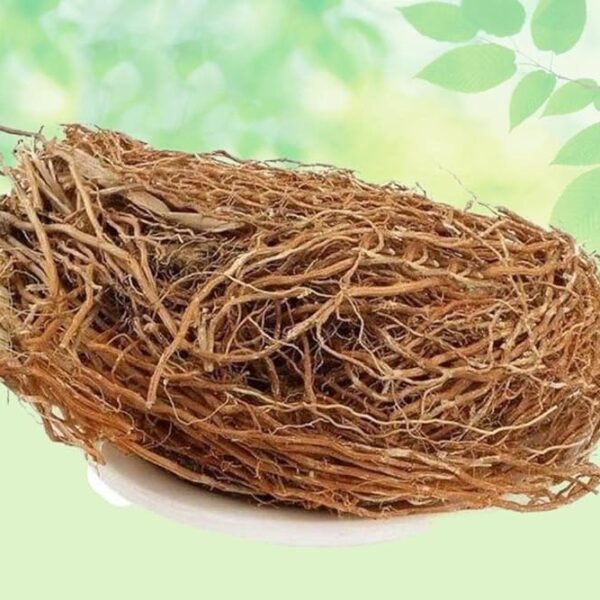 Khas Root- Khus Jad - Ushira - Vetiver Roots - Vetiveria Zizanioides - Ramacham, 50 Grams
Khas Root- Khus Jad - Ushira - Vetiver Roots - Vetiveria Zizanioides - Ramacham, 50 Grams
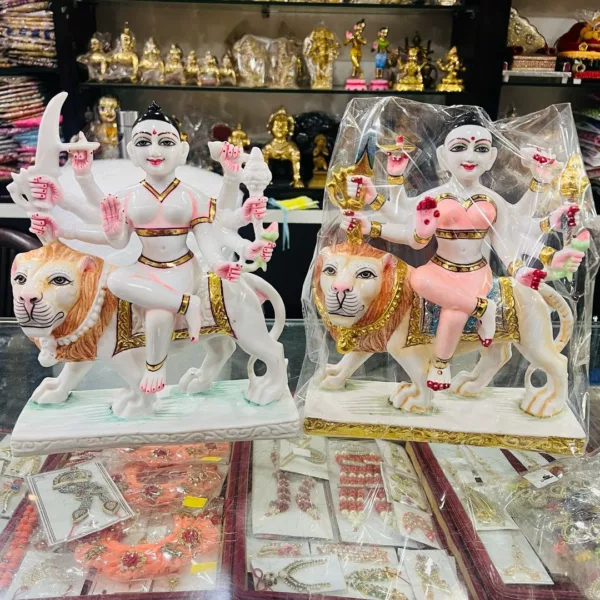 Durga Maa Murti - Marble Dust - 12 Inches
₹ 9,999.00 – ₹ 11,499.00
Durga Maa Murti - Marble Dust - 12 Inches
₹ 9,999.00 – ₹ 11,499.00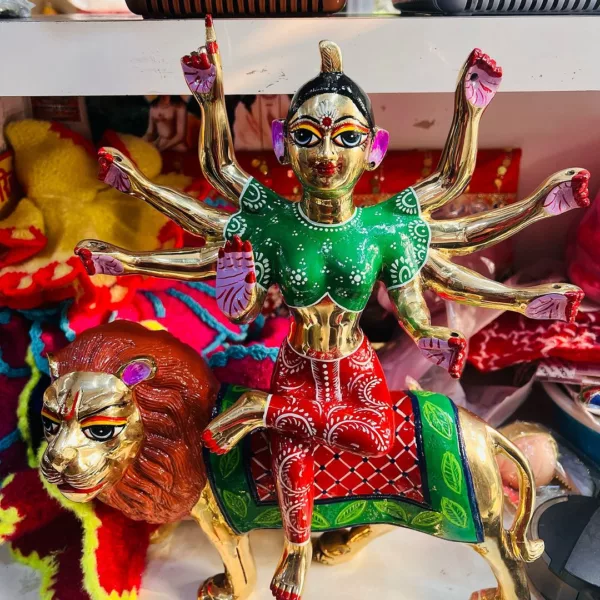 Durga Mata Murti - Fully Decorated - 15 Inches
Durga Mata Murti - Fully Decorated - 15 Inches
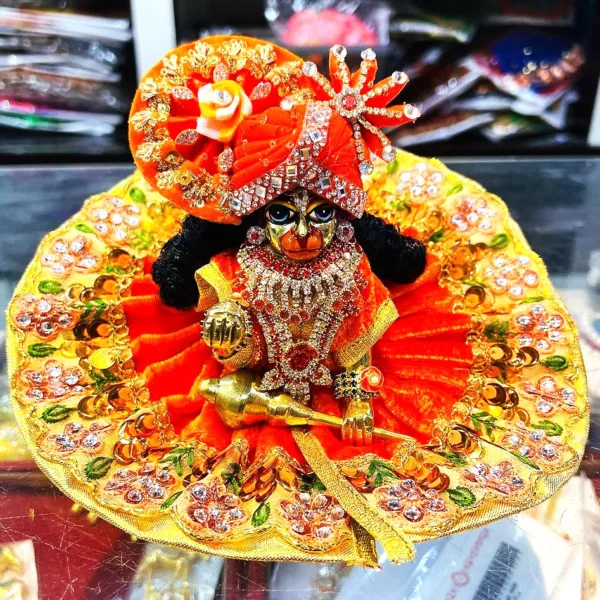 Bal Hanuman Murti - 4 No. - Full Ready
Bal Hanuman Murti - 4 No. - Full Ready
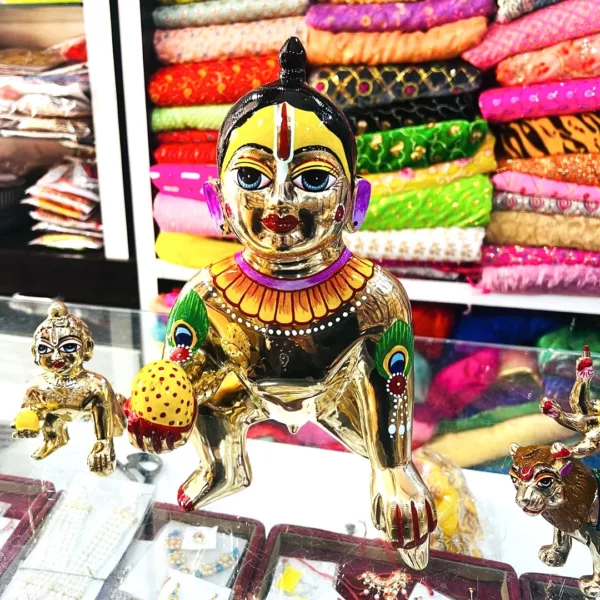 Laddu Gopal Ji - 16 No.
Laddu Gopal Ji - 16 No.
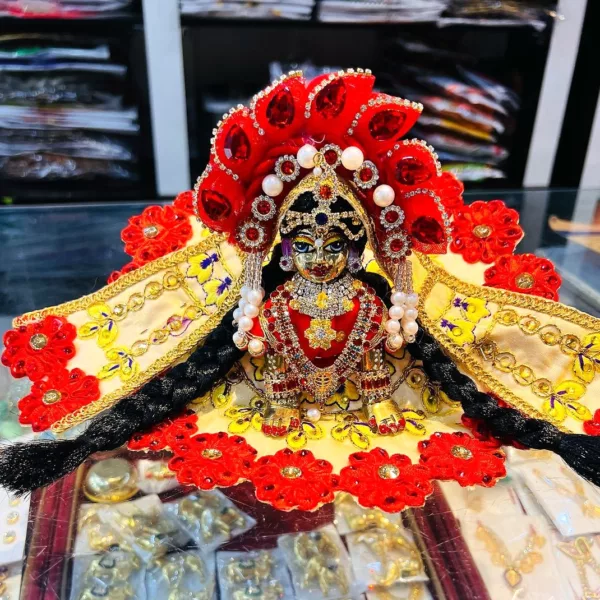 Radha Rani Sarkar Murti- 4 No. - Full Ready
Radha Rani Sarkar Murti- 4 No. - Full Ready
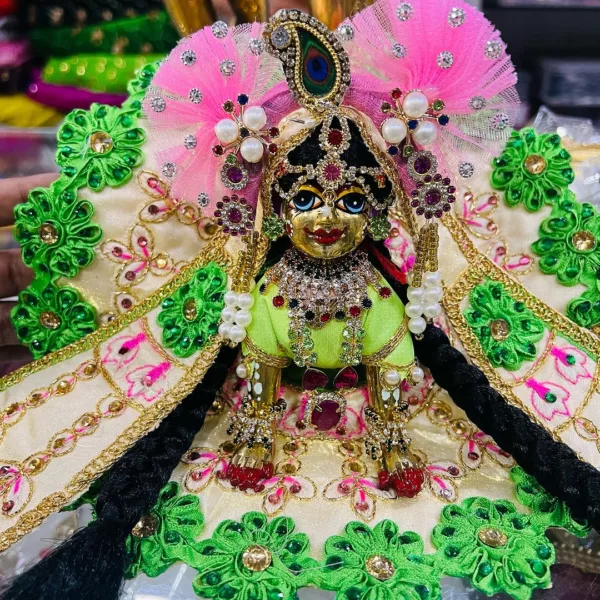 Radha Rani Sarkar Murti- 6 No. - Full Ready
Radha Rani Sarkar Murti- 6 No. - Full Ready
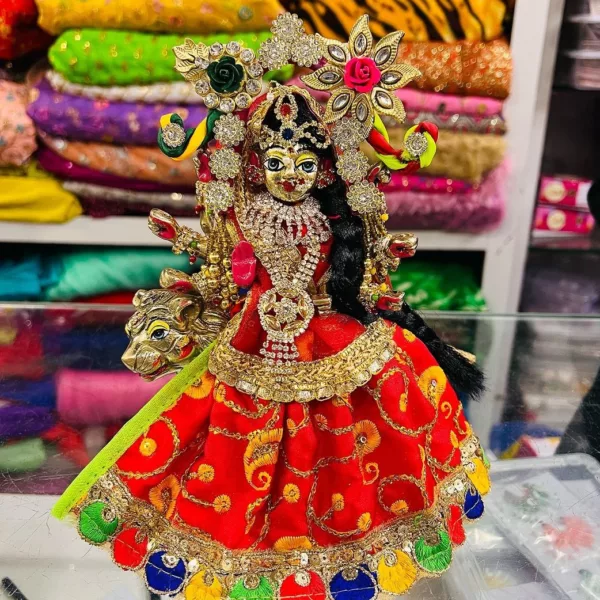 Brass Durga Maa Murti - 8 Inches - | Dressed | Gift-Ready [2024]
Brass Durga Maa Murti - 8 Inches - | Dressed | Gift-Ready [2024]
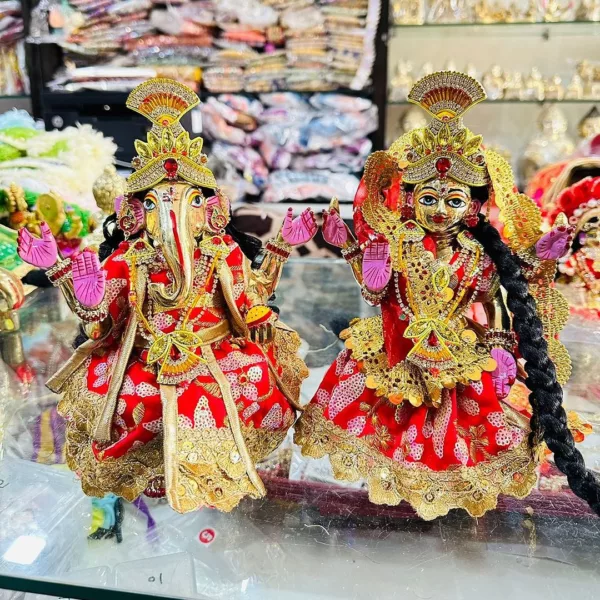 Laxmi Ganesh Ji Murti - Made of Pure Brass- 9 Inches
Laxmi Ganesh Ji Murti - Made of Pure Brass- 9 Inches
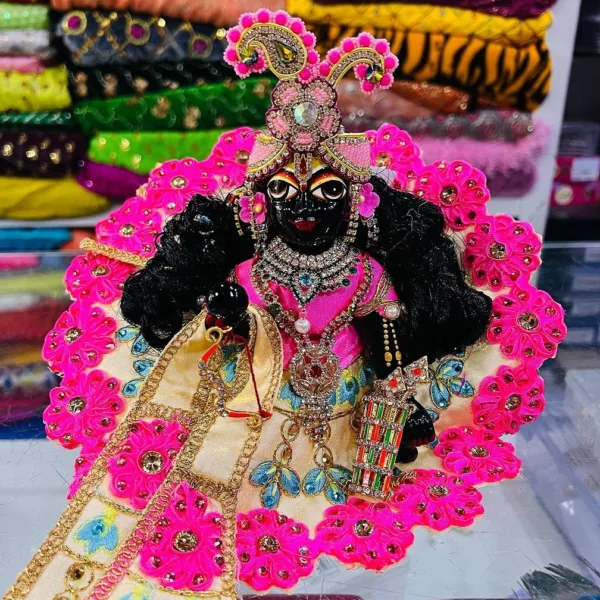 Ram Lala Murti - Bal Roop- 6 Inches - Full Ready
Ram Lala Murti - Bal Roop- 6 Inches - Full Ready
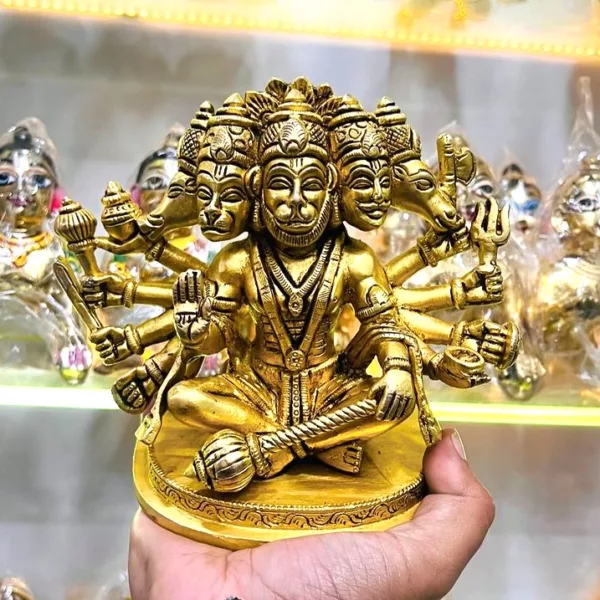 Panchmukhi Hanuman Murti
₹ 1,499.00 – ₹ 6,999.00
Panchmukhi Hanuman Murti
₹ 1,499.00 – ₹ 6,999.00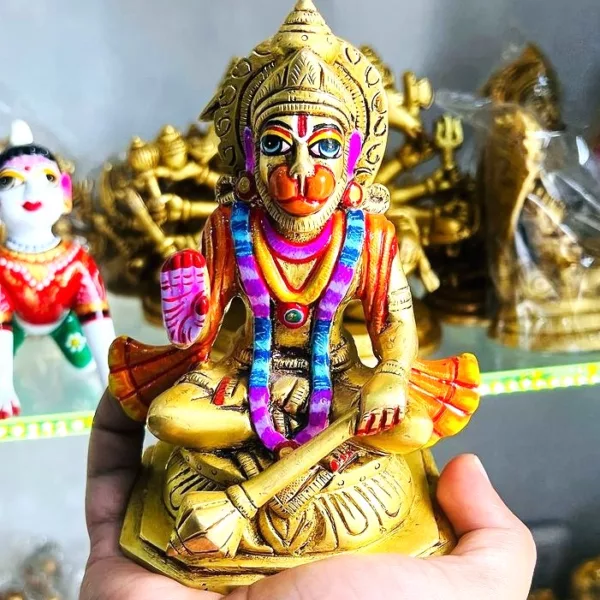 Hanuman ji vigrah - 5.5 Inches - Made of Brass
Hanuman ji vigrah - 5.5 Inches - Made of Brass
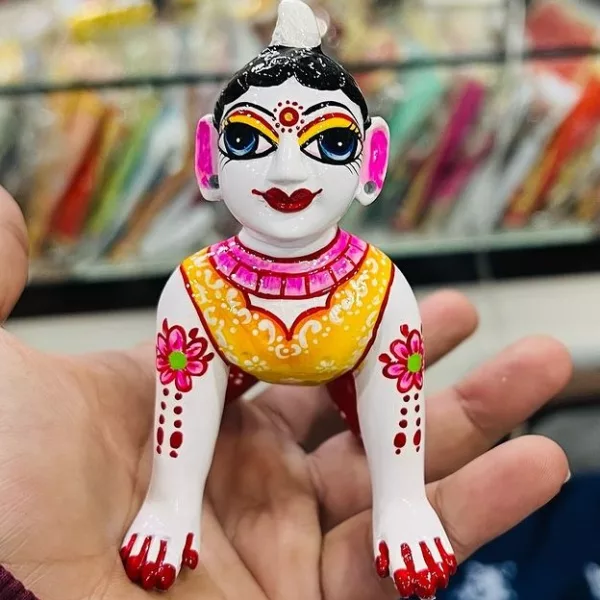 Radha Rani Sarkar Decorated- Made of Pure Brass - 4 no [2024]
Radha Rani Sarkar Decorated- Made of Pure Brass - 4 no [2024]
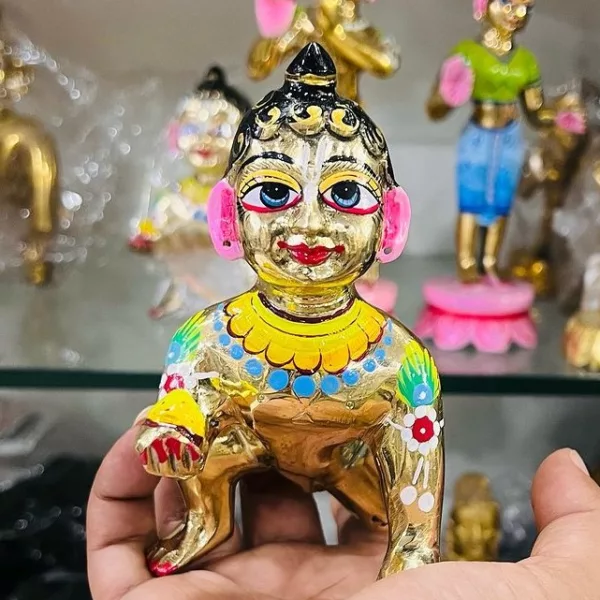 Laddoo Gopal Murti- Made of Pure Brass - 6 No.
Laddoo Gopal Murti- Made of Pure Brass - 6 No.
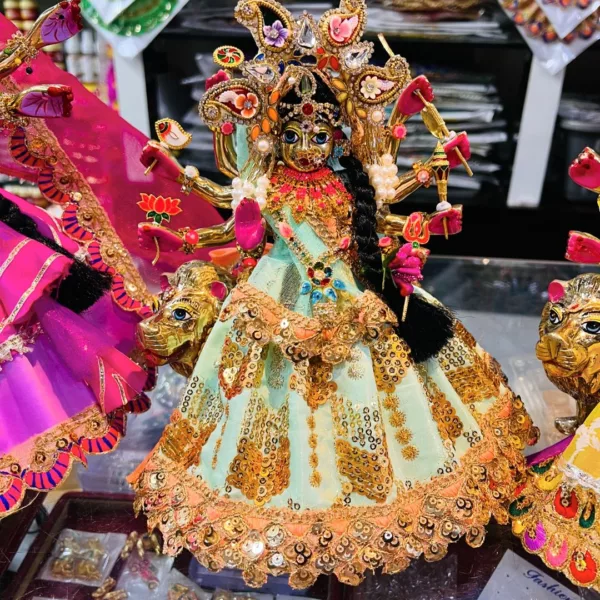 Brass Durga Maa Murti - 8 Inches - | Dressed | Gift-Ready [2024]
₹ 5,999.00 – ₹ 6,999.00
Brass Durga Maa Murti - 8 Inches - | Dressed | Gift-Ready [2024]
₹ 5,999.00 – ₹ 6,999.00About Us
Pujagoodies.com is a curated spiritual commerce marketplace offering a wide range of products and devotional content for devotees. Our platform aims to be a one-stop shop for all spiritual needs, including clothing, utensils, handicrafts, puja samagri, and more. We are committed to providing a seamless shopping experience, fostering trust and authenticity in the spiritual goods industry.
No account yet?
Create an Account
Reviews
There are no reviews yet